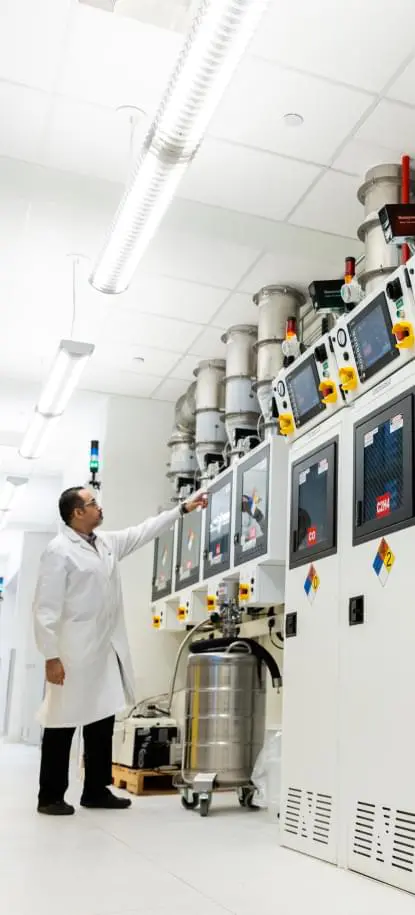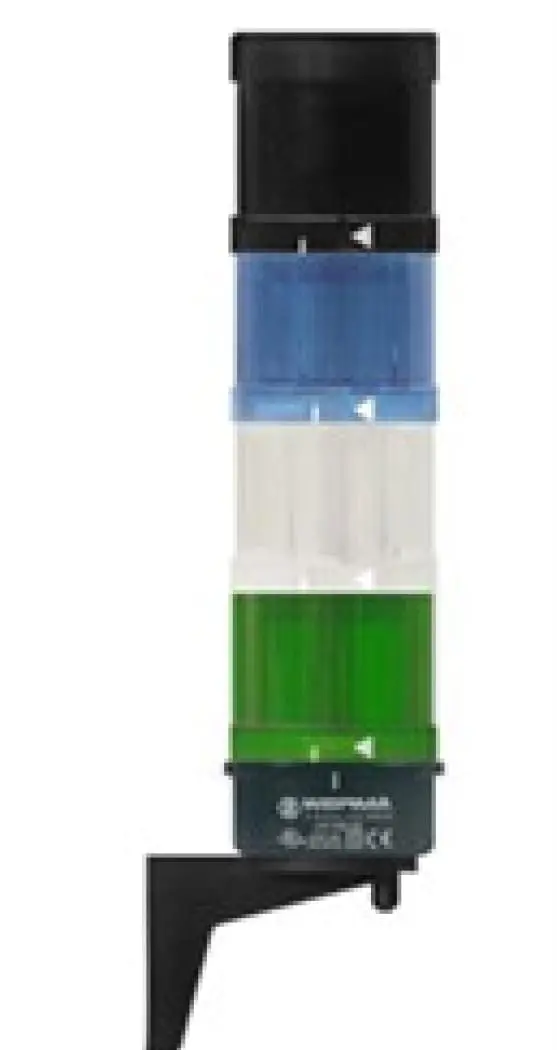




Quick Links:


The use of corrosive, pyrophoric, oxidizing, toxic, or highly toxic gasses present many additional hazards other than fire, asphyxiation, or oxygen enrichment. Exposure to some gases may present serious hazards to unprotected personnel.
Exposure to these gases shall be kept as low as possible, but in no case should concentrations exceed designated exposure levels (OEL) or threshold limit values (TLV). Contact your RST industrial hygienist for information on these exposure limits.

Flammable gases, at normal atmospheric temperature and pressure can ignite and burn when mixed with the proper proportions of air, oxygen, or other oxidizers. Changes in temperature, pressure, or oxidant concentration may cause the flammability range to vary considerably.
Pyrophoric gases, such as silane, germane, phosphine, etc. can spontaneous ignite when in contact with air at ambient temperatures. An even more serious danger is that under certain conditions, a leak of a pyrophoric gas might not immediately ignite but instead form a super- critical-mixture which subsequently can explode violently.
Oxidizing gases are those chemicals that initaties or promotes compustion in other materials, therby causing fire either of itself o through the release of oxygen or other gases. The main concern with oxidizers is their compatibilities with other gases. See manufacturers SDS or Appendix 3 to identify the hazards of the compressed gas you are working with.
Nitrous oxide is an oxidizing gas which has additional risk. When nitrous oxide is heated in an enclosed container, auto-decomposition can lead to explosion. Inhalation of low concentrations of nitrous oxide can lead to euphoria, while higher concentrations mixed with air can induce anesthesia.
Corrosive gases are chemicals that cause visible destruction of, or irreversible alterations in, living tissue by chemical action at the site of contact”. Characteristics of which can be; low pH (acidic) or high pH (basic), may react with incompatible materials to produce heat, gas, or fire, and may corrode or degrade materials upon storage, especially metal. Therefore corrosive gases should not be stored for more than a year.
Common corrosive gases include ammonia, hydrogen chloride, chlorine, fluorine, and hydrogen fluoride.
Water reactive gases are defined as substances that react with water and may release a gas that is either corrosive, flammable, or toxic. The main concern with water-reactive materials is their incompatibility with water vapors.

The handling and use of toxic gases in KAUST requires engineering, design, administrative and procedural controls. The use of any toxic or hazardous gas requires a hazard & risk analysis in close coordination with HSE. During the risk assessment, HSE will review the gas you are using and will assess possible exposures, reaction products and other hazards. In addition to training and SOPʼs, additional mechanical ventilation, gas monitoring, interlocks, abatement systems and segregated storage may be required. Any deviation from these requirements must be specifically approved on a case-by-case basis. Laboratories wishing to move toxic gas usage (and cylinders) from one lab to another must update their standard operating procedures with HSE review.



Gas cylinders are required to be labelled with the following:
Leaks from cylinders of toxic or flammable gases require immediate attention. How to handle the problem will depend on the kind of gas, the size of the leak, the area where the cylinder is located, and other factors. KAUST Fire Department will respond to major leaks and release of toxic and flammable gases.
In the event of a large gas release activate the following Emergency Procedures:
Verify suspected leaks using a portable gas detector or soapy water solution (a flame should not be used for detection). If the leak cannot be stopped by tightening a valve gland or packing nut, emergency action procedures should be initiated by calling 911 from a campus phone or 012-808-0911 from a mobile phone.
